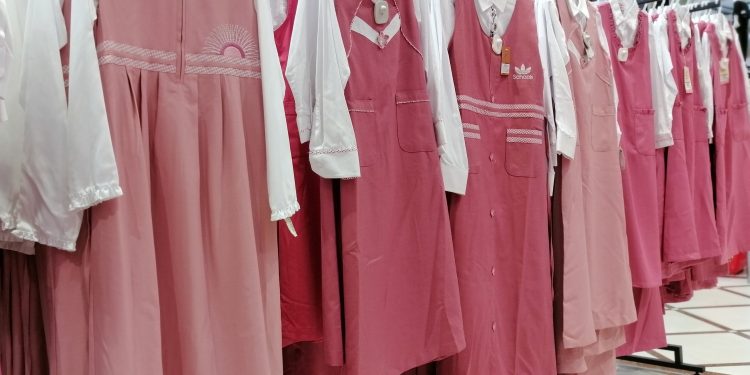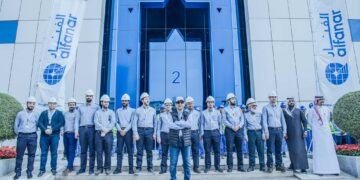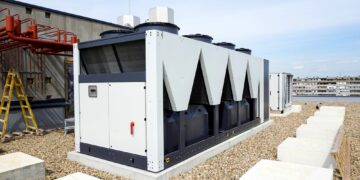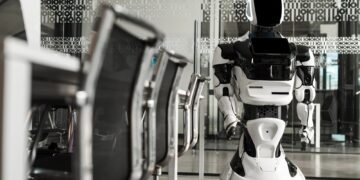MILAN — Full throttle on progress. Less than a year after the inaugural Riyadh Fashion Week illuminated the new King Abdullah Financial District, the Saudi Fashion Commission is swiftly progressing towards establishing a robust local fashion value chain and diversifying into additional fashion-related categories.
The expansion of the beauty sector with a focus on fragrances and the creation of a state-of-the-art textile hub are priorities for the Fashion Commission under the Saudi Ministry of Culture. “We’re diversifying beyond ready-to-wear and couture, into jewelry, bags, leather goods, shoes, and now beauty and fragrances. We aim to broaden the fashion universe,” said Burak Cakmak, CEO of the Fashion Commission.
“There are numerous job opportunities, but the talent pool needs to grow. Over the past three years, we’ve been deeply committed to mentoring across various facets of fashion, from design to business strategy,” Cakmak remarked. The upcoming WWD Global Fashion Summit in Riyadh will discuss topics relevant to the youth-dominated nation, with speakers from the fashion and luxury sectors.
The Fashion Commission’s strategies are a component of the wider governmental Vision 2030 plan, designed to reduce the nation’s dependence on oil by fostering new industries. Since the first unofficial fashion week in 2018, significant strides have been made, including the launch of two showrooms in Paris to elevate the international presence of Saudi fashion.
The showrooms, blending retail and wholesale, were launched alongside a report projecting the Saudi fashion industry’s growth to exceed $32 billion by 2025. The Fashion Commission inaugurated “The Lab,” an innovative product development studio, expected to revolutionize local fashion manufacturing and support the “Made in Riyadh” label.
The Lab, with the capacity to produce 4,000 units a month, is envisioned as a hub for advanced manufacturing and prototyping. “We’re initiating dialogues with suppliers to offer prototyping services for products not yet produced in Saudi Arabia,” Cakmak added.
Developing a textile industry with mills and a recycling facility is key to creating a unique textile market in Saudi Arabia. The nation also aims to become a bridge between global designers and Saudi manufacturing, recently displaying prototypes from the Alula Design Residency during Milan Design Week, showcasing the nation’s design potential.
Both fashion and design play a vital role in Saudi Arabia’s economic strategy, aiming to increase the private sector’s GDP contribution and boost non-oil exports. While the government’s investment in the design industry remains undisclosed, fashion contributed 1.4 percent to the nation’s GDP and created 230,000 jobs in 2022. The local fashion sector alone was valued at SAR 46.9 billion ($12.5 billion) in 2022, reflecting the industry’s significant growth potential.









